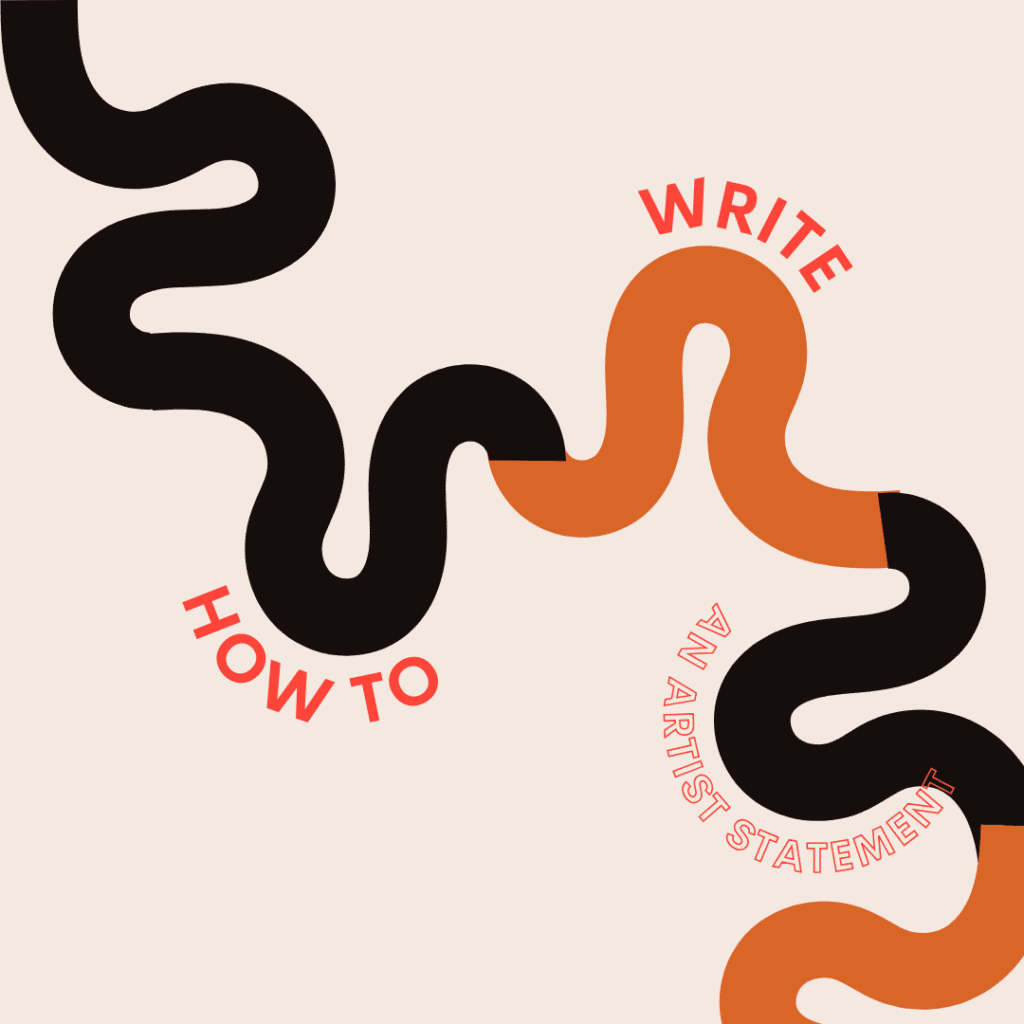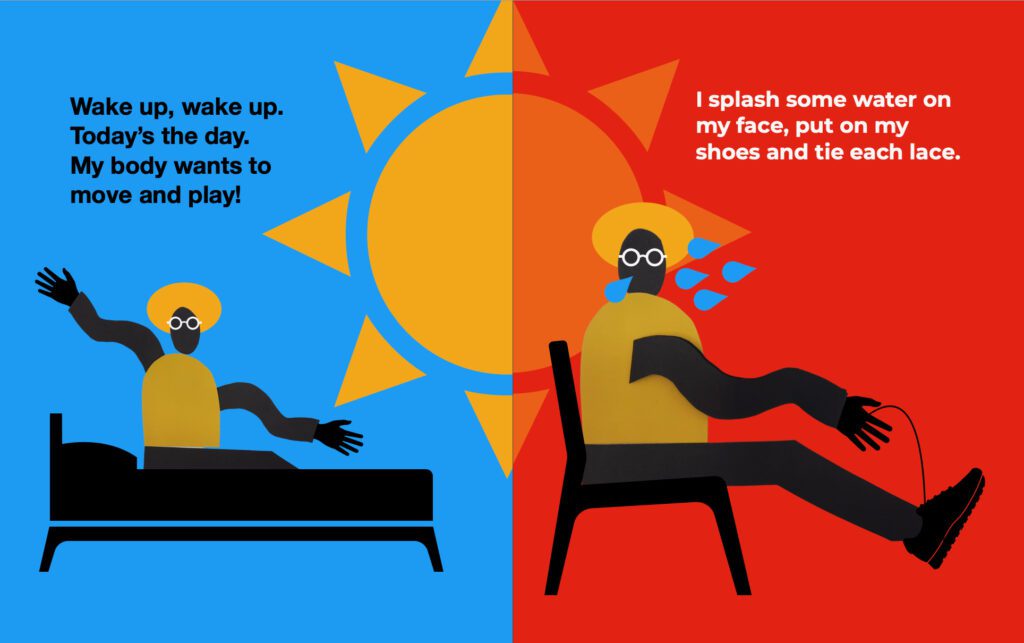Get More Eyes on Your Artwork
If you love making art and hope to pursue it as a career or have the goal of having more than just your mom and art teacher look at your work, you will need to write an artist statement.

Artist statements help the viewer understand your work better; they are a way to provide additional context to your image. Now, do people who write have to create a picture or painting to give context to their writing? The answer is no; writers may make statements about their writing.
What is an artist statement?
An artist statement is a written description explaining your inspiration, ideas, and decisions. An artist’s statement aims to help the viewer better understand the context and meaning of your work. Through writing, you provide a behind-the-scenes look at how you went from a blank page to a completed work or art or body of art.
Your artist statement will change over time, and you may use several versions depending on the given situation and requirements. For example, you may have an extended version that you share on your website or use for college applications and a much shorter version that you share on social media or display with your work at an exhibit.
This leads us to question when you need to use an artist statement.
If you plan to study art in college, many applications require you to include an artist statement with your portfolio. Having an artist statement can also help you get your work featured by the media and apply for artist-in-residence programs, grant applications, and exhibition opportunities. Overall, having an artist statement is helpful if you want to show your work to people other than your mom and art teachers.
Now that I’ve convinced you that you need to write an artist statement let’s break down the steps to writing one.
Brainstorm and describe
Grab your sketchbook and 5-10 pieces of your most recent work. In your sketchbook, write down adjectives that describe your work.
Here is a list of 20 adjectives to help get you started. If you need help with this step, show a few people your work and ask them what words they would use to describe it, capturing their responses in your sketchbook.
- Vibrant
- Sublime
- Captivating
- Serene
- Bold
- Intriguing
- Dynamic
- Expressive
- Whimsical
- Evocative
- Surreal
- Ethereal
- Provocative
- Radiant
- Harmonious
- Mysterious
- Striking
- Tranquil
- Textured
- Luminous
Identify Your Decisions
A viewer reads your artist statement to understand your decisions when creating your artwork and why you made them. For each piece, answer the following questions:
- What is the size, and why did you select that size?
- What materials did you use, and why did you choose those materials?
- What process did you use to create the work, and why?
- What inspired you to make the piece?
- What was your overall idea for the work, and why was that interesting?
You have a list of adjectives describing your work and some notes about each piece, but you still need a statement.
Use the notes that you’ve made about your work to fill in the blanks of the template below.
The main themes/ideas that I explore in my work are______________. I’m interested in that because _______________________. The key materials and processes that I use are________________. They communicate _____________________ by ___________________________, and you can see examples in the piece [ insert name of piece].
If you’re having trouble, start by using talk to text or pretend that you’re writing a letter to your friend and describing your work to them.
Example:
When creating illustrations for The Body Book and The Weaving Book, I wanted to abstract the figure so that all kids could see themselves reflected by the character. By representing no one body type, it allows an entry point for everyone to catch a glimpse of themselves. Children need to see examples to believe they can do or become something different, making it essential to see opportunities represented in images. While I firmly believe that picture books are for all ages, these are targeted at elementary students. Therefore, I wanted to use materials and processes accessible to young kids, so I used colored construction paper and scissors to create the foundation of the images.
The figures are made by cutting simple lines and shapes out of construction paper, layered and glued to demonstrate movement.

Sample Letter from van Gogh to Emile Bernard
” At the moment I am absorbed in the blooming fruit trees, pink peach trees, yellow-white pear trees. My brush stroke has not system at all. I hit the canvas with irregular touches of the brush, which I leave as they are. Patches of thickly laid-on color, spots of canvas left uncovered, here and there portions that are left absolutely unfinished, repetitions, savageries; in short, I am inclined to think that the result is so disquieting and irritating as to be a godsend to those people who have fixed preconceived ideas about technique. For that matter here is a sketch, the entrance to a Provencal orchard with its yellow fences, its enclosure of black cypresses (against the mistral), its characteristic vegetables of varying greens: yellow lettuces, onions, garlic, emerald leeks.
Working directly on the spot all the time, I try to grasp what is essentail in the drawing- later I fill in the spaces which are bounded by contours- either expressed or not, but in any case felt- with tones which are also simplified, by which I mean that all that is going to be soil will share the same violet-like tone, that the whole sky will have a blue tint, that the green vegetation will be either green-blue or green-yellow, purposely exaggerating the yellows and blues in this cae.
In short, my dear comrade, in no case an eye-deceiving job.”
Edit
Using the template above, you’ve created a first draft of your artist statement; now, you need to edit and revise it.
Spell Check:
Use an online tool like Grammarly to check your work. Grammarly will help by making recommendations to fix spelling and grammatical errors.
Length:
We have yet to discuss how long your statement should be. If you’re writing one to meet a specific requirement for a college application or exhibit, check to see if they provide a length requirement or constraint. If not, set a target of 300-500 words; you can always adjust as needed.
If your statement is much longer than 500 words, remove anything repetitive. Did you describe every piece of work instead of focusing on an overall theme? If yes, scale back to only highlighting 1-3 specific pieces in your statement.
Where can you provide more information if your statement is shorter than 300 words? For example, if you said that you used paint, tell us what kind of paint, what colors, and why.
Read out load
Read your statement out loud, noting where you stumble, and go back and edit those parts, making them easier to read.
Peer Review
Ask others to review and provide feedback. You can ask a family member, friend, or teacher.
” I’m writing an artist statement and’d like some feedback. Can you review and make a note of any questions that come to mind while you’re reading or areas that seem confusing?”

Final Draft
Apply the feedback that you’ve received. Do another spell check and save the final draft of your artist statement.